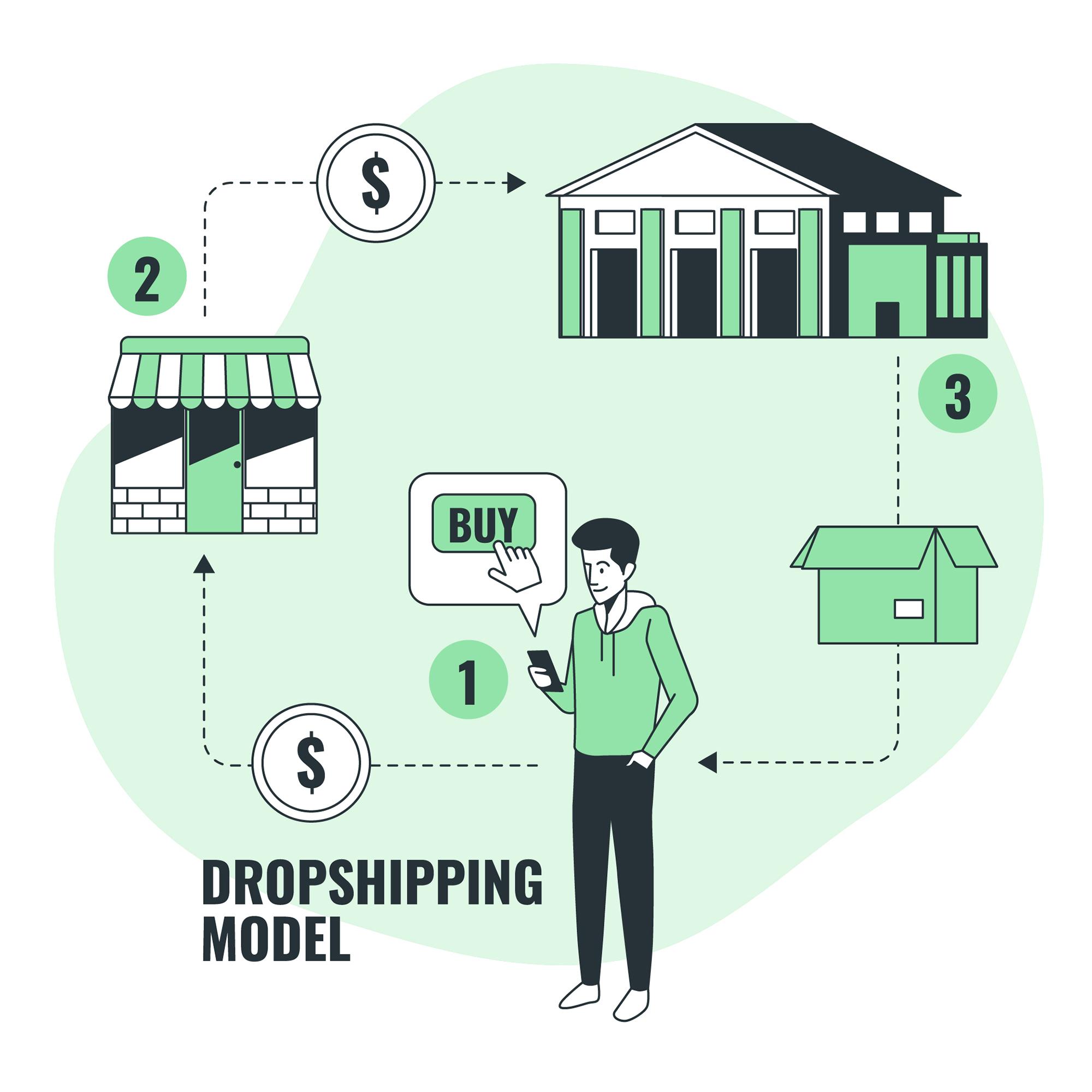Description
Complete Dropshipping Course For Beginners.
Dropshipping is a business model where a retailer (the dropshipper) sells products to customers without having to keep those products in stock. Instead, the retailer partners with a supplier or wholesaler who handles inventory, packaging, and shipping. Here’s a summary of key points about dropshipping:
- Business Model: Dropshipping is a retail fulfillment method in which the retailer does not physically stock products but instead purchases them from a third party (supplier or wholesaler) and has them shipped directly to the customer.
- Low Upfront Costs: One of the main advantages of dropshipping is that it requires minimal upfront investment compared to traditional retail businesses. There’s no need to purchase and store inventory.
- Product Selection: Dropshippers can offer a wide range of products since they are not limited by inventory storage. They can quickly add or remove products from their online store.
- E-commerce Platform: Most dropshippers operate through an e-commerce platform like Shopify, WooCommerce, or eBay. They create an online store, list products, and manage orders from there.
- Marketing and Branding: Successful dropshippers often focus on marketing and branding to differentiate themselves in a competitive market. Building a strong online presence and customer trust is crucial.
- Supplier Relations: Establishing good relationships with reliable suppliers is essential. Suppliers are responsible for product quality and timely shipping.
- Pricing Strategy: Dropshippers need to set competitive prices that cover their costs (product cost, shipping, marketing) while leaving room for profit. It’s important to consider shipping times and customer expectations.
- Customer Service: Providing excellent customer service is key to success. This includes handling inquiries, returns, and addressing issues promptly.
- Profit Margins: Profit margins in dropshipping can be lower compared to traditional retail because of the competitive pricing. However, volume sales can compensate for lower margins.
- Challenges: Some common challenges in dropshipping include dealing with out-of-stock items, shipping delays, quality control, and potential legal and tax complexities.
- Legal and Tax Considerations: Dropshippers need to be aware of tax regulations and business licenses in their jurisdictions and those of their suppliers and customers.
- Scaling: As a dropshipping business grows, it may face scalability challenges related to managing larger volumes of orders and maintaining customer satisfaction.
- Trends: The dropshipping industry is dynamic, with trends and popular niches evolving over time. Staying updated on market trends is important for success.
In summary, dropshipping is a flexible and low-risk way to enter the e-commerce market. However, it requires careful planning, effective marketing, and strong customer service to be successful in a competitive landscape. Success in dropshipping often hinges on finding reliable suppliers and building a unique brand that resonates with customers.

Reviews
There are no reviews yet.